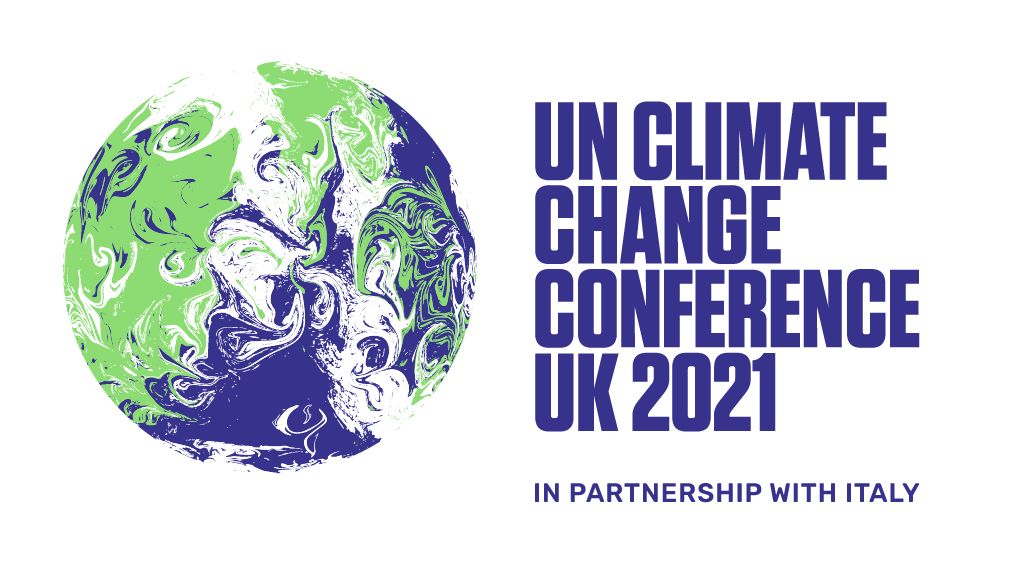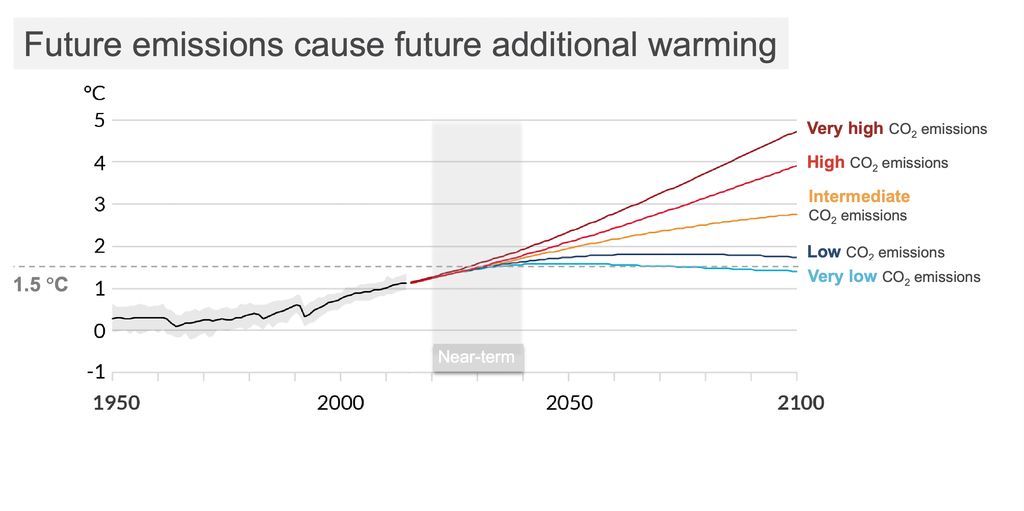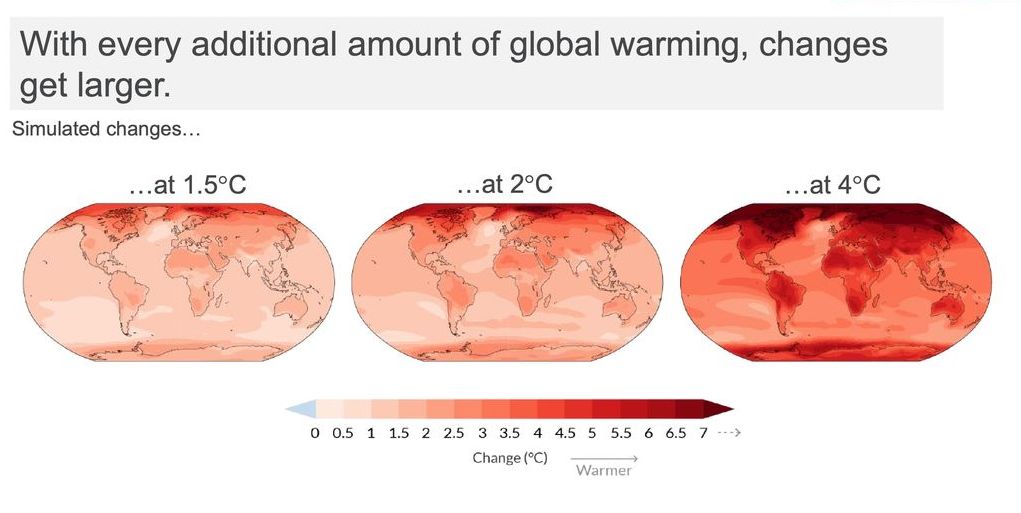Glasgow, Scotland —(Map)
World leaders have gathered in Glasgow, Scotland for the hugely important COP26 climate meeting. Many experts believe this meeting will decide whether or not the world will take action on the climate crisis in time to save the planet.
The biggest question surrounding the two-week COP26* meeting is “Can world leaders move beyond talk, and on to action?”

(Source: [OGL], UKCOP26.ORG.)
Climate Crisis
Since people first began burning coal to run factories, the world’s temperature has gone up by 1.1 degrees Celsius (C)**. This increase has led to serious long-term changes in weather patterns that affect all life on Earth.
The world is getting hotter, mainly because humans are burning “fossil fuels” like coal, oil, and natural gas to make energy. These fuels give off pollution called “greenhouse gases” or “carbon emissions”, which make the climate emergency worse.
The effects of climate change can already be seen: melting ice in Antarctica and the Arctic, higher temperatures, heat waves, record dry periods, wildfires, record rains, and more strong hurricanes.
Scientists say the world must take strong action before 2030 to avoid the worst effects of the climate crisis.
In 2015, the world’s countries signed the “Paris Agreement” to work together to slow global warming. The main goal of the Paris Agreement was to keep global warming “well below” 2ºC, and try to limit it to 1.5ºC. Countries set their own goals for cutting pollution and replacing fossil fuels with renewable energy sources.

(Source: U.S. Dept. of State , via Wikimedia Commons.)
In Paris, the countries agreed to meet again in five years to set new, bolder goals for cutting emissions. COP26 is that meeting. (Last year’s meeting was delayed because of the coronavirus. )
But even now, six years after the Paris Agreement, most countries still haven’t met their promises from 2015. And even if they did meet those promises, the world’s temperature would still rise by 2.7ºC.

(Source: IPCC.)
The world is already struggling to deal with rapidly changing weather patterns. And with every small increase in the Earth’s temperature, the extreme weather and other effects will become far more dangerous.
That means serious changes are needed right away to avoid the worst effects of climate change. Not just talk about change, but action.

(Source: IPCC.)
Here are several areas where people are hoping the leaders at the COP26 meeting will agree to take action:
• Rapidly cut the use of coal. This is hard because many countries, including China and India, depend on coal for energy. Australia makes money by selling coal.
• Cut emissions sharply by 2030. This is hard because it means cutting fossil fuels. Most countries haven’t yet developed enough renewable energy to replace oil and gas.
• Rich countries giving developing countries $100 billion a year or more to help adjust to climate change and switch to renewable energy. This money was promised, but hasn’t been paid yet. Richer countries are mainly responsible for most of the pollution that created the climate crisis, yet poorer countries will be most affected by it.
• Reach net-zero by 2050. Several countries have promised to do this, but few have real plans for making it happen.
😕
This image has not been loaded because of your cookie choices. To view the content, you can accept 'Non-necessary' cookies.
Overall, the main goal of COP26 is to make sure the world still has a chance to limit global warming to 1.5ºC. This is a huge challenge, and will require difficult choices, hard work, and cooperation from all sides. Above, a woman walks past a sign at the COP26 meeting.
Overall, the main goal of COP26 is to make sure the world still has a chance to limit global warming to 1.5ºC. This is a huge challenge, and will require difficult choices, hard work, and cooperation from all sides.
G20 Meeting Sets the Stage for COP26
This weekend, before the COP26 meeting, the “G20”, the leaders of several of the world’s richest and most powerful countries, met in Italy. The meeting led to some important agreements, but also left many people disappointed.

(Source: Office of the President, US [Public domain], via Wikimedia Commons.)
The G20 leaders agreed to stop building coal burning plants in other countries. But didn’t agree to limit spending on coal in their own countries. The group agreed to the goal of limiting global warming to 1.5ºC, but didn’t say what specific steps it would take to reach the goal.
The climate crisis was just one of the subjects the G20 discussed.
* COP stands for “Conference of the Parties”, which basically means “Meeting of the countries that signed the agreement”. In this case, the agreement is the 1992 United Nations Framework Convention on Climate Change. This will be the 26th meeting since the agreement was first signed.
** Climate change temperatures are measured against the time when humans started burning coal for power. This article talks about climate change using Celsius (C). Talking about climate change in Celsius is more common and it makes the changes easier to see and remember.
If you want to think about the temperature changes in Fahrenheit( F), you can use these figures: 1.1°C = 2.0°F, 1.5°C = 2.7°F, 2°C = 3.6°F, 2.7ºC = 4.9ºF.
😕
This map has not been loaded because of your cookie choices. To view the content, you can accept 'Non-necessary' cookies.
